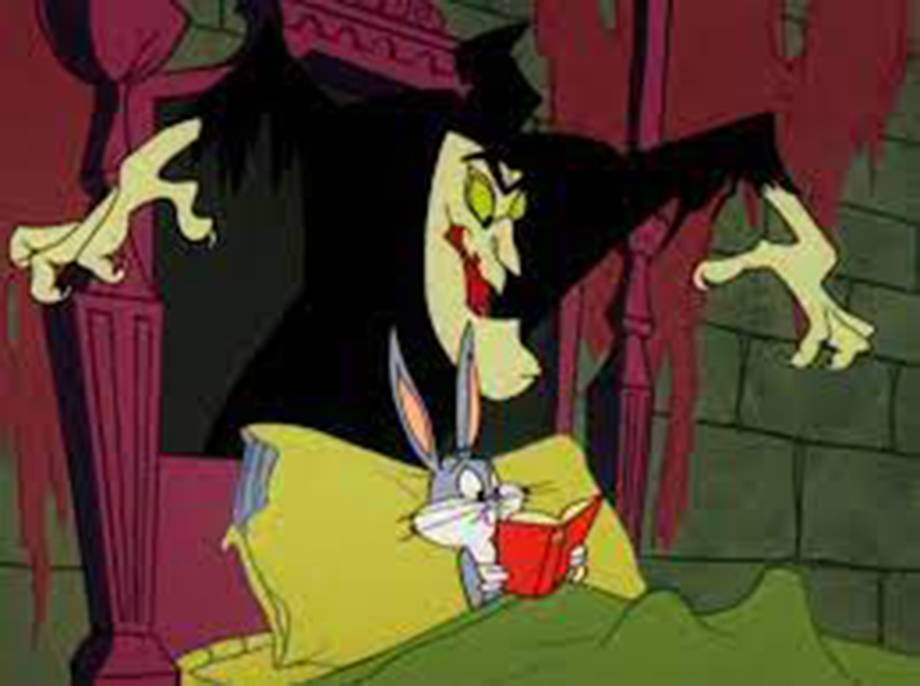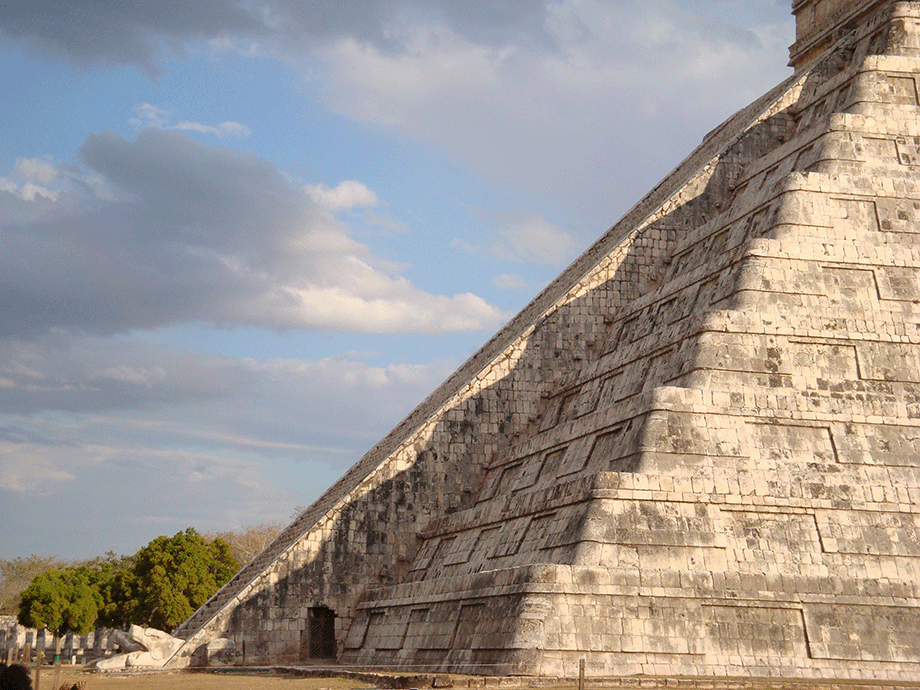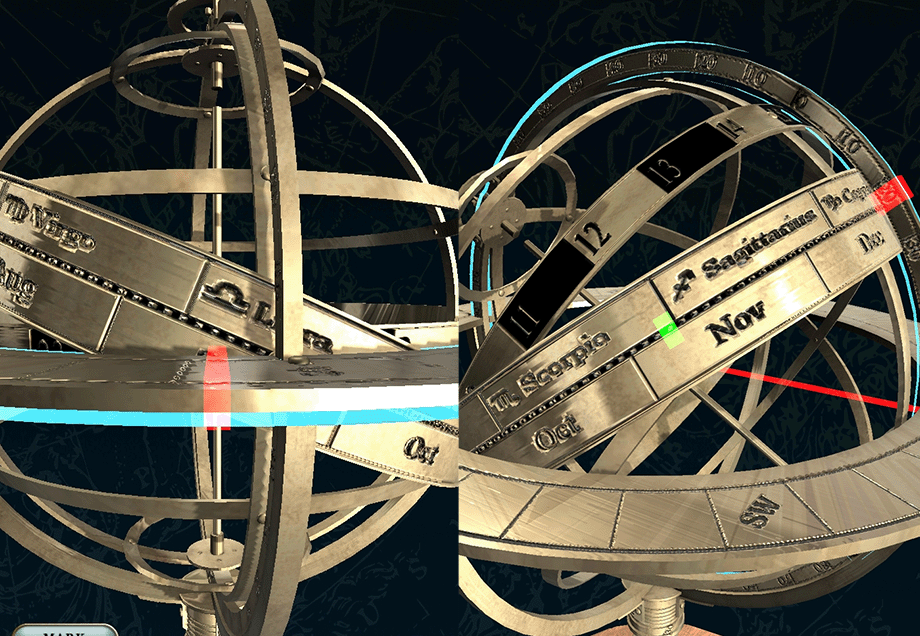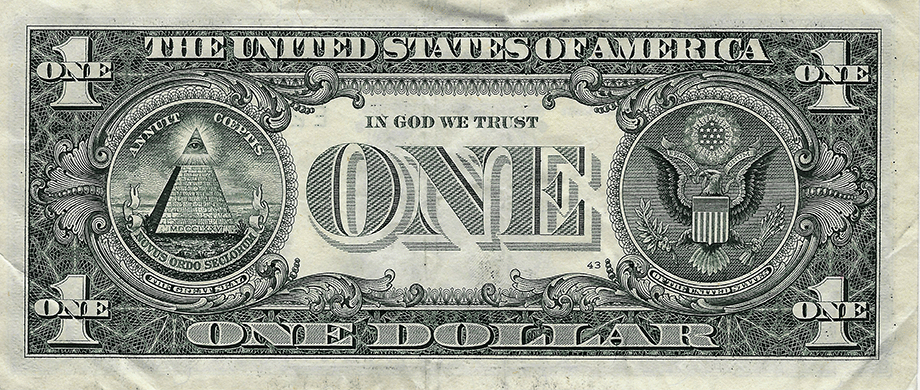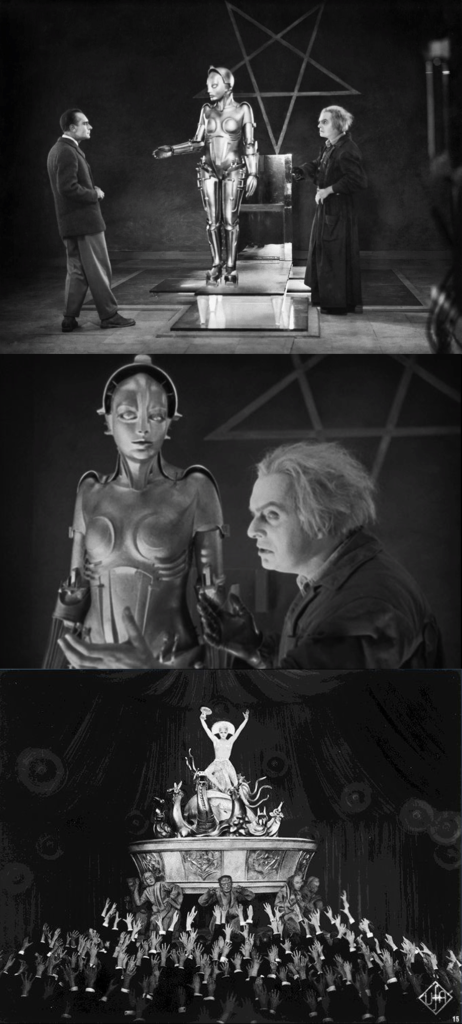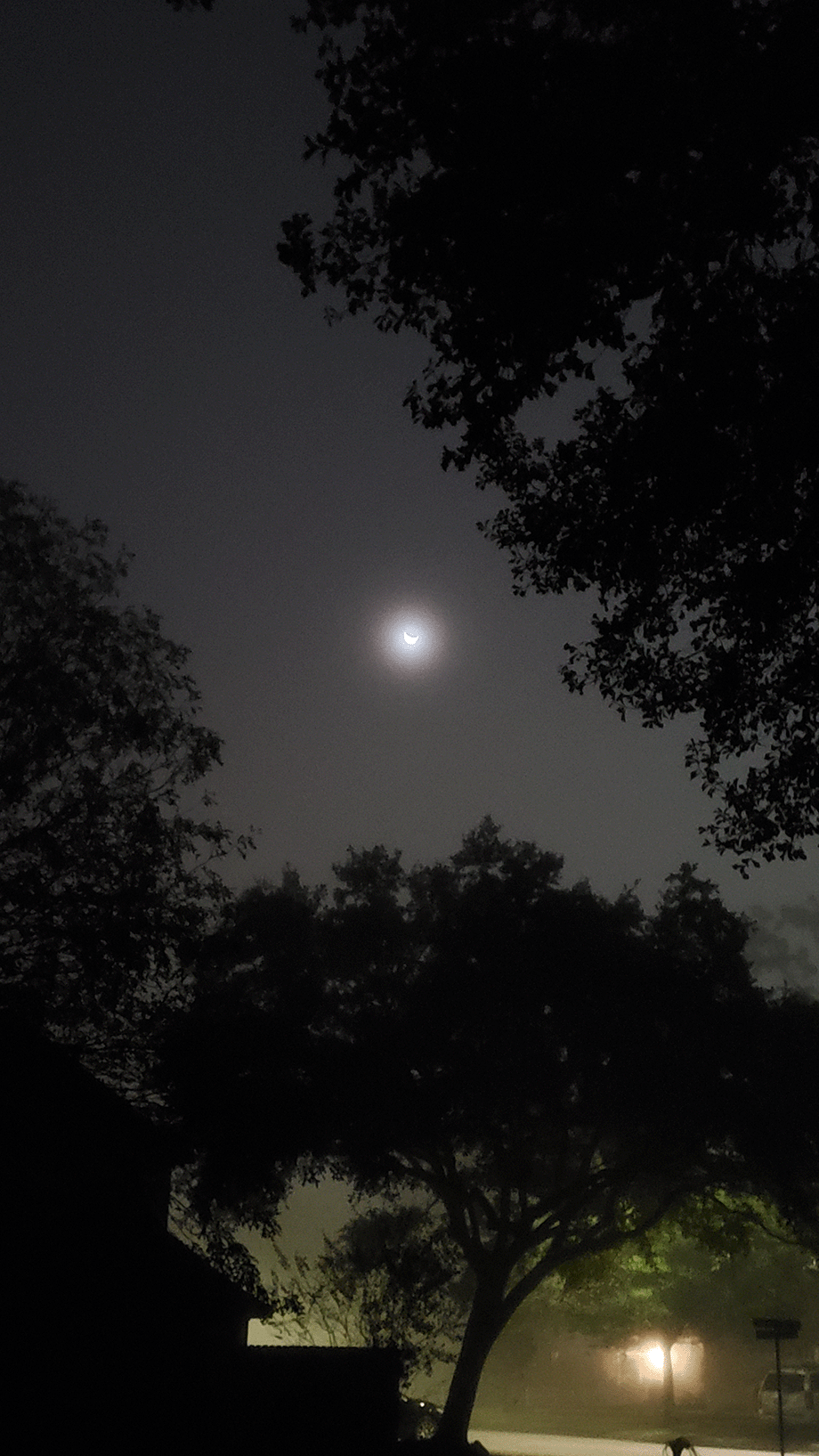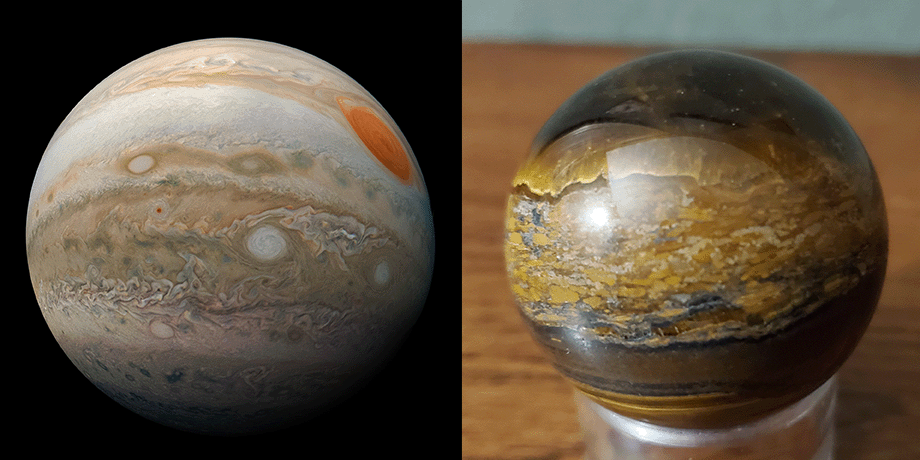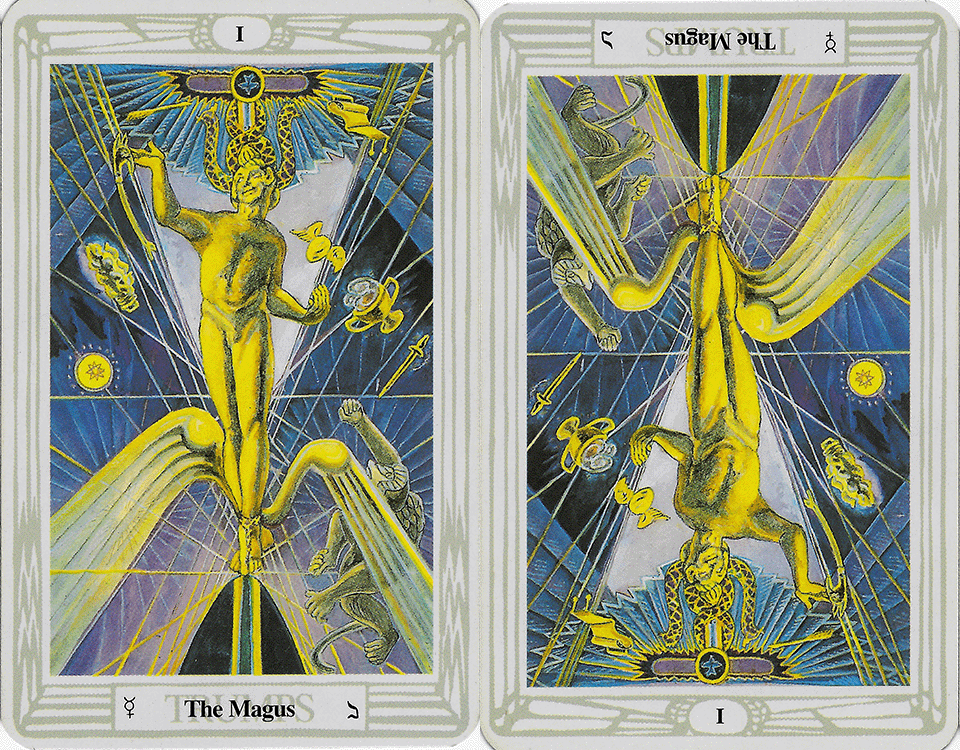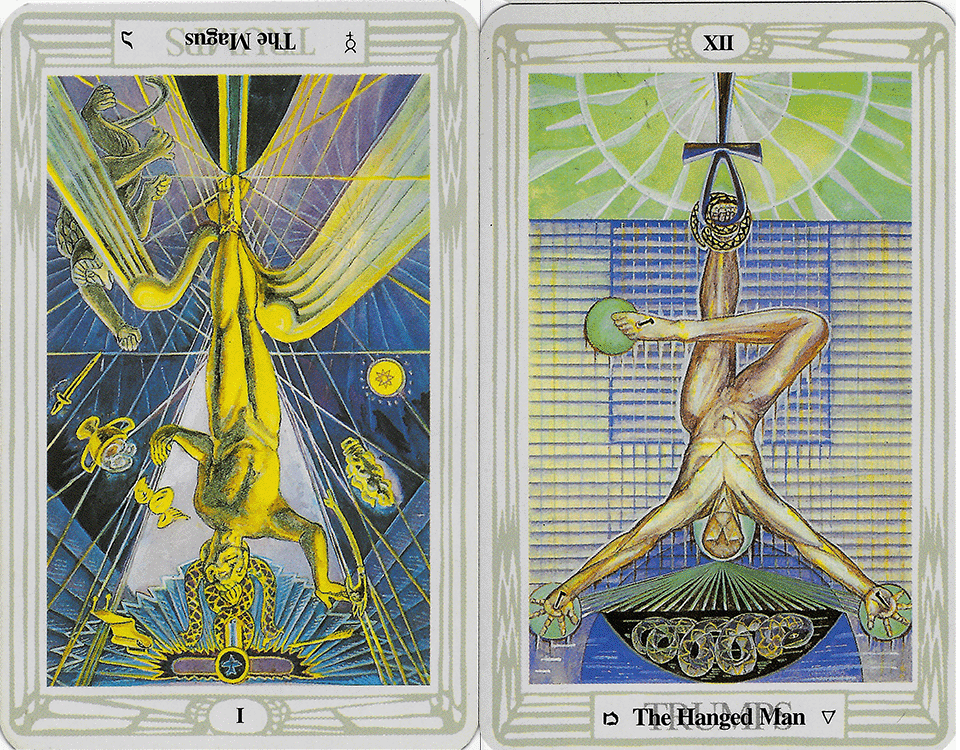It occurs to me that the pun in the title of this week’s article is completely lost on a couple of generations accustomed to Google, Wikipedia, and Youtube as the source of all knowledge. By way of explanation, back in Ye Olden Days, ere the Internet was a one-lane goat track, and the Elves still appeared right out there in broad daylight, one might pursue educational endeavors by means of the postal mail service. The back and forth epistles between student and teacher made up said correspondence,
That’s okay, I’m sure nobody gets all of Gandalf’s jokes either.
However, it is the backing and forthing that are important, particularly in the art of spell casting. This is the root of sympathetic magic, which is one of the oldest, if not the oldest, of magical practices.
There are three important tentpoles to remember in sympathetic magic.
The image of the thing is the thing.
The name of the thing is the thing.
The thing that is like the thing is the thing.
Number three is the Doctrine of Sympathies or Correspondences.
If a stone is deep red it connects to blood. If a flower looks like an eye it’s connected to the vision (both spiritual and mundane). If the leaves are dark we consider it saturnine. Pick up any spell book from the Greek Magical Papyri to the latest Witchcraft for Real Idiots on the ‘Zon and you’ll likely find at least one table of correspondences. There are even magic texts that are nothing but correspondences.
There are astronomical correspondences that match the planets to metals, stones, plants, parts of the body, colors of the spectrum, and hours of the day. Astrology is perhaps an early archetype of the use of correspondences. The nature of the animal applied to the constellation is used to express how those born with the sun in that sign are inclined. The facets of a person’s life are divided into houses, which “naturally” align with the nature of these signs, Then the nature of the planets may be interpreted as to how they react with the sign and the house, and in aspect with other planets.
Much work has been done with astrological correspondences to the Tarot, so that reading the cards can incorporate the heavenly influences as well as the imagery on the cards themselves. Of course the Tarot are also intimately connected with the letters of the Hebrew alphabet, and with numbers, and the four elements, and the core tools of the witch’s practice- wand/staff/broom/torch; cup/cauldron/well; sword/knife/pin/needle; and stone/coin/hearth/tomb. It is probably because Tarot has become so ubiquitous, due to it’s simple operation and portability, that all these additional connections are grafted on. They are not, perhaps, inherent to the Tarot itself.
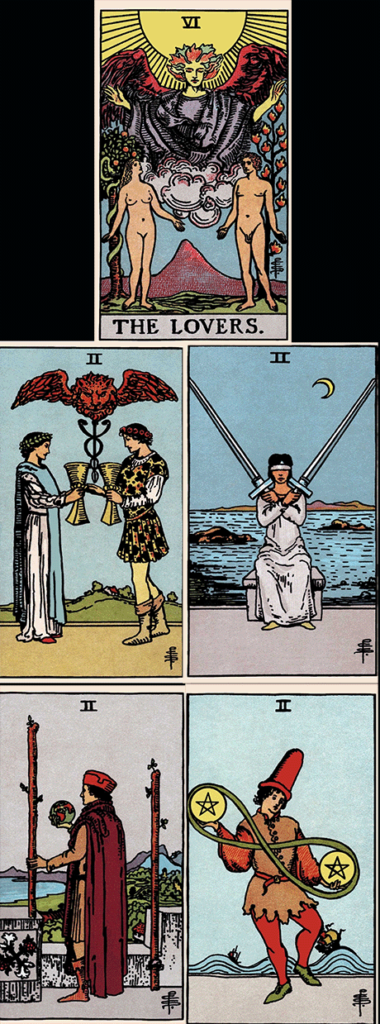
Tarot and Astrology are interlinked in most modern magical systems. There are traditional associations of the cards with specific planets, signs, and houses that allow the interpretation of the cards as astrological and vice versa. In the use of cards as symbols in spellcraft, these traditional correspondences may be called upon.
For example, Gemini is most usually connected with The Lovers, the seventh card in the RWS deck. This sees the two figures, as Gemini.
There are however, four other serviceable cards in the deck. The Deuce of Cups is seen as a “Lover type” card, and we have the inclusion of the serpent staff of Hermes/Mercury, ruler of Gemini.
The Deuce of Swords might be more beneficial to break up a romance. or perhaps break a contract or get out of a legal problem. These are the purview of Gemini /Mercury, and this Sword card always reminds me of Blind Justice (especially since in RWS, the Justice card is not blind).
Gemini also covers short travel, and the Deuce of Wands and of Pentacles have travel motifs. Although the long journey typically associated with sea-borne imagery is usually Sagittarius, Gemini/Mercury is involved with commercial ventures. Balancing your checkbook whilst your freight is on stormy seas applies.
While the idea of correspondence is nothing new, there are new correspondences. Much of the attachment to Tarot is perhaps a century and a half old or less. There’s good evidence that they were used for “fortune telling” back in the 1400s but the layers of esoteric synthesis started in France with Eliphas Levi. The same can be said for other correspondences you might find in all those spellbooks.
In pre-historic times, the use of herbal medication was a necessity. If something looked like a particular part of the body, then it could be used to treat ailments of that part. However, as Freud pointed out, sometimes a cigar was just a cigar. If the medicine worked, it was used again and again. If it didn’t it was likely forgotten, ignored, or left out of the oral tradition. This would not preclude it from being “rediscovered” by successive generations who might add it back to the pharmacopeia for a while. This methodology was followed up until relatively modern times.
The same practice was used for the medicinal/magical use of stones, jewels, crystals, and the like. The ancient Romans dissolved pearls in vinegar and chugged it down to give them a pearlescent complexion. Whether it worked or not is questionable. Pearls being largely calcium carbonate with trace compounds, it was probably equivalent to quaffing chalk, and may have made their bones and teeth stronger. But being wealthy enough to drink a pearl milkshake on a regular basis may have been more of an attraction than milky smooth skin. The apothecaries of the ancient and Medieval times were no less mercenary than their modern counterparts.
Mandrake has long been a witch herb. These images from a Medieval Herbal show lore that has been unchanged for ages.
The mandrake was supposed to cry out when pulled from the earth, and it’s scream would either cause madness or death. So the enterprising apothecary simply tied a dog to the plant, and then called the dog from out of earshot. It’s not clear whether the dog went mad or died, but in the Middle Ages dogs were not accorded the value they are now.
Mandrake roots came in male and female versions, and were selected for a specific purpose accordingly. Most texts considered the undivided root as male, and a root with a fork as female. The drawing here is probably wrong, as it appears to depict two different plant species. It was copied to several herbals of the time.

And certainly this contributed to adding to the lists of exotic, rare, and hard to come by ingredients that fleshed out correspondence tables throughout history. Chinese herbals call for bits of dragons, unicorns, and other mythical creatures. Sadly these were – and still are – often substituted by parts from rare and endangered terrestrial animals like the rhinoceros, whale, and condor.
In fact, the idea of correspondences makes substitution an “ethical” option for the harried apothecary. If this rock looks like that rock, or this bone looks like that bone, then they are, for most intents and purposes – the same. This obviously can – and did – have tragic consequences, as many herbs and plants are not only not interchangeable, but can be outright deadly.
Because medical/recreational use of certain compounds is hardly a new thing, it’s important to recognize that the use of something in witchcraft might be the same as it was in folk medicine. In so many societies magic and medicine were interchangeable, and this has only changed in the last 150 years or so. At the height of the Enlightenment, when the scientific method was about to burst onto the scene, people were still being bled and purged to remove “ill humours” that were the cause of their diseases. Opium, cannabis, and coca were used as anesthetics and soporifics into the early 20th century, and their chemically synthesized children are still with us today.
So called “flying ointments” often partake of a number of herbs which create euphoria or somatic states, and many of the ingredients are those old Saturnine herbs, the nightshades. Containing potent alkaloids, plants like Atropa Belladonna, Hyoscyamus Niger, Datura Stramonium, and of course, Mandragora Officanarum have been the companions of witches since time immemorial. These are highly dangerous toxic plants that have a real potential to kill. Yet they are closely related to other nightshade plants like the potato, tomato, bell and chili peppers, which we consume as part of an ordinary diet.
Tobacco is also part of this family, and has long had sacred use among Indigenous Peoples of the Western Hemisphere. It was readily adapted by witchcraft and voodoo in the aftermath of the discovery of the New World by European colonials. Like many magical herbs, it’s sacred use in moderate amounts might be deemed safe, but in mundane and constant consumption leads to a pernicious addiction and a plethora of health problems (I am a former smoker – I know of which I speak).
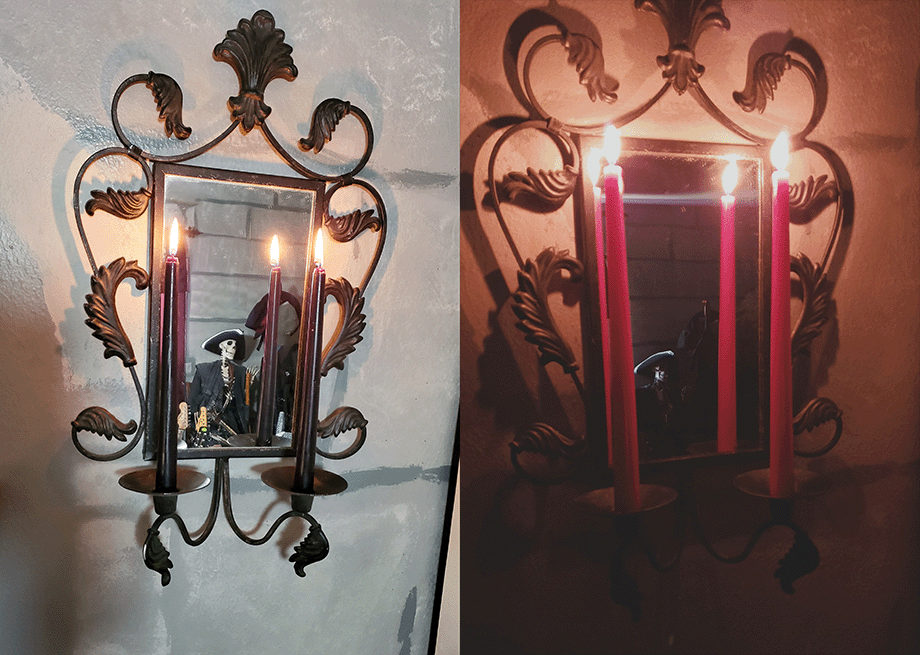
Color magic often employs candles, and much has been made of having the proper color of candle for the spell. Given that coloring candles is a fairly modern technique, and that witches historically would not only have made do with the tallow and beeswax they had, and would not have usually advertised a spell by showy ingredients, you are probably safe with plain old white candles. Personally, I have a number of faux candles in various colors that I use interchangeably with actual ones. The LED candles are safe for my cats, vegan friendly, and reusable.
So were the ancient sorcerors just bombed out of their gourd all the time? It’s possible. There is some good evidence to that theory. Also, if your job is to have visions for the tribe, and eating the little white berries gives you visions, you’re likely to be eating a lot of the little white berries. If your job is to hunt the mastadon, it’s probably not the greatest idea. (Seriously, though. Don’t eat the little white berries. They’re very bad for you.)
The sacred nature of altered states of consciousness is fairly accepted in some cultures, as are things like mental illness, and even what we used to call mental retardation. People who were “different” in the way they spoke and acted were assumed to be in touch with the spirit world, and cared for and respected. Other cultures, of course, see such things as evil. Joan of Arc was probably schizophrenic or suffering from a brain lesion. She was sent by God to the French, and burned by the English as a witch.
Correspondences change similarly from culture to culture and place to place. If you are perusing that Chinese herbal you’ll find a lot of dragon bones (possibly ground fossils, or crocodile or snake bones), ginseng, and mushrooms. A European grimoire might place greater emphasis on precious stones or metals, and the Arabs would favor much incense and spices that were native or common in their lands. These were all compiled as part of an industrial mechanism that fed both the magic and medical practices of the culture. While there is probably some folklore to a lot of it, there was clearly money to be made by padding the lists.
I personally don’t make much of correspondences. I’ll consider astrological metals if I am working on an amulet, but given the price of gold and silver these days, I’m not likely to be petitioning the Sun and the Moon. Since petitioning the Sun and the Moon might be beneficial, though, maybe I ought to consider a way to get around that pesky high-dollar metal thing.

The pieces in the image above are (Clockwise from top) amethyst- quartz contaminated with iron, rutilated quartz with bits of a greenish tourmaline crystal, fluorite, amethyst again, and iron pyrite, or Fool’s gold.
This is a crystalline formation of iron and sulfur, bonded at the molecular level. It doesn’t have the malleability and ductility of true gold, so it probably didn’t substitute for it in all those solar amulets. On the other hand, being made of iron and sulfur, it can serve as well for Mars and Ares, or Vulcan, lord of the forge, or even Infernal association.
How about aluminum instead of silver? It’s a shiny white metal. It’s relatively cheap (compared to silver) easier to get, and – hey – it was actually used to go to the moon. There’s aluminum that we left behind on the moon right now, in fact. Would the Angel of the Moon accept aluminum instead of silver in my mystic moon amulet? Well, probably not if one goes with the strictest rules of the grimoire. But I am fairly sure that gold and silver were just as hard to come by in the days before alchemy, so I’m not at all sure that the Angel of the Moon didn’t accept the equivalent of a wooden nickel.
Alchemy, of course, changed everything because you could make all the gold you wanted. I hear you snickering in the back there. There actually is a chemical trick, doable with the technology of the time, which has the appearance of turning a piece of metal into gold. It’s a kind of simple electroplating, and for a short period of time (perhaps time to pass it off to an irate landlord) it would pass most Medieval tests for being gold.
So again, how many of the spells in the old grimoires actually used gold and silver and rubies and emeralds is open to question. I think potentially a lot of them employed early synthetics made by the alchemists. And if it was good enough for the Angel of the Moon in 1278, it’s good enough now. Scribing the spell with a shiny metallic marker might horrify some working in “high magic” and I can’t guarantee your results, but it has worked for me on occasion.
Substitutions can be made. Instead of silver you might use a silver coin, like a nickel or a quarter (if you’re in the US). These were originally struck from silver, but now operate as symbolically so. There’s no reason the correspondence between a modern silver colored coin and an antique silver coin can’t extend to the correspondence between that silver coin and the Angel of the Moon.
The working witches of yore didn’t have access to all the shiny stuff you can get shipped from the ‘Zon. They were frequently on the down low to begin with, so having a bunch of shiny stuff around the hut probably alarmed the local populace who sent out the torch and pitchfork memo. To the extent that an herb or a stone or a piece of red thread worked, they kept it, maybe in secret. But I don’t believe any of them looked up a table of correspondences and said “Well, we can’t fly to the Sabbat, tonight, we’re out of eye of newt.”
Because any fool knows you need wool of bat for a flying potion. Duh.
I hope you found this diversion diverting. I will be back again next week with more windmills to tilt at.





